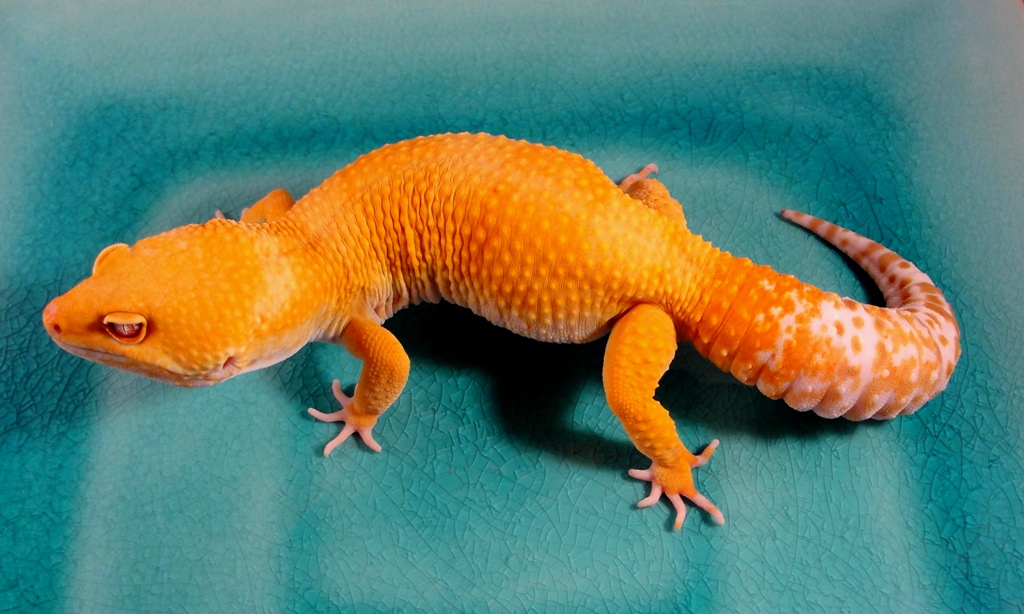Reptile Forum Profile: GeckoTalk.com
Reptile forums remain one of the most common and rewarding ways for people to learn about their geckos, talk about them, sell them and troubleshoot when there are problems. These forums range from large and active to species specific. Reptile forums are easy to create and sometimes seem to spring up like mushrooms. Only a relative few, though, are able to maintain interest and an active membership. More


